Environmental Regulations and Compliance
The Industrial Work Boat Market faces increasing pressure to comply with stringent environmental regulations aimed at reducing emissions and protecting marine ecosystems. Regulatory bodies are implementing guidelines that require work boats to adopt cleaner technologies and practices. For example, the International Maritime Organization has set ambitious targets for reducing greenhouse gas emissions from shipping. This regulatory landscape compels operators within the Industrial Work Boat Market to invest in eco-friendly vessels and retrofitting existing fleets, potentially driving innovation and creating new market opportunities.
Increasing Demand for Offshore Activities
The Industrial Work Boat Market experiences a notable surge in demand due to the increasing number of offshore activities, including oil and gas exploration, marine construction, and renewable energy projects. As countries seek to harness offshore resources, the need for specialized work boats has escalated. For instance, the International Maritime Organization indicates that offshore oil production is projected to grow, necessitating a fleet of work boats capable of supporting these operations. This trend suggests that the Industrial Work Boat Market is poised for expansion, driven by the need for vessels that can operate efficiently in challenging marine environments.
Technological Innovations in Vessel Design
Technological advancements play a pivotal role in shaping the Industrial Work Boat Market. Innovations in vessel design, such as improved hull shapes and energy-efficient propulsion systems, enhance operational efficiency and reduce fuel consumption. The integration of automation and digital technologies also streamlines operations, allowing for better navigation and safety. According to recent data, the adoption of advanced materials and construction techniques has led to a reduction in construction costs by approximately 15%. This trend indicates that the Industrial Work Boat Market is likely to benefit from ongoing technological developments, which may attract new investments and enhance competitiveness.
Expansion of Infrastructure Development Projects
Infrastructure development projects, particularly in coastal and riverine areas, are a significant driver for the Industrial Work Boat Market. Governments and private entities are investing heavily in port expansions, bridge constructions, and dredging activities, all of which require specialized work boats. According to recent reports, infrastructure spending is expected to increase by 10% annually in various regions, creating a robust demand for work boats that can support these initiatives. This trend indicates that the Industrial Work Boat Market is likely to experience sustained growth as it aligns with broader economic development goals.
Growth in Marine Tourism and Recreational Activities
The Industrial Work Boat Market is also influenced by the growth of marine tourism and recreational activities. As more individuals engage in boating, fishing, and other water-based leisure activities, there is a corresponding increase in demand for work boats that support these sectors. The National Marine Manufacturers Association reports a steady rise in boat sales, which correlates with the need for service and support vessels. This trend suggests that the Industrial Work Boat Market could see diversification in its offerings, catering to both commercial and recreational needs, thereby expanding its market reach.


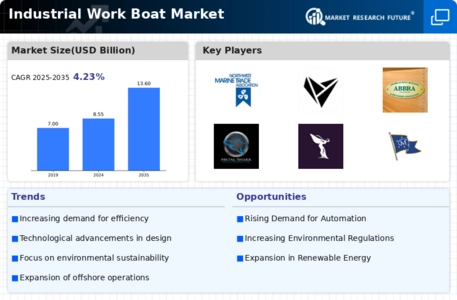
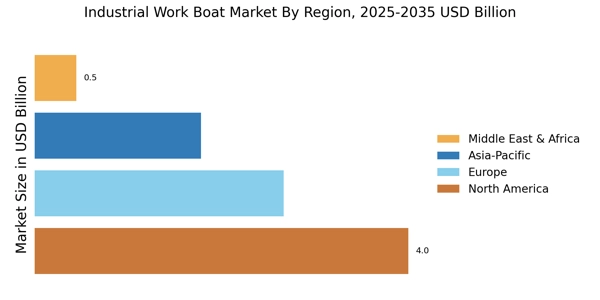

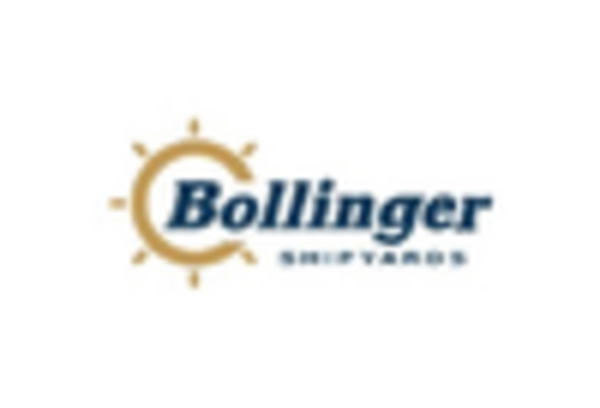
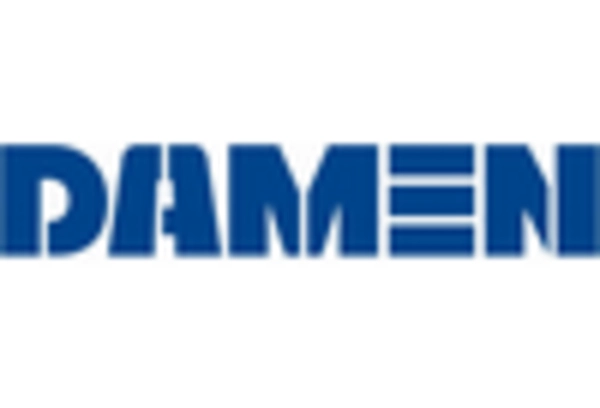

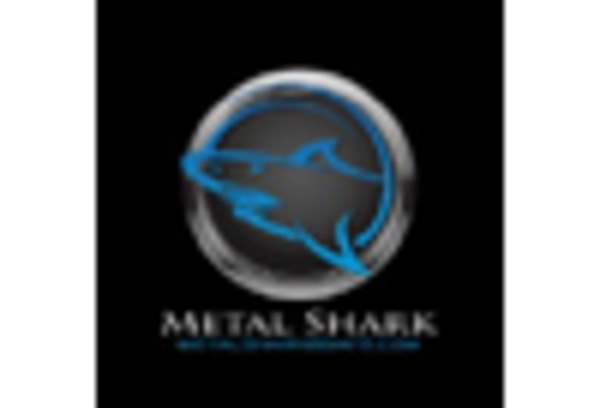









Leave a Comment